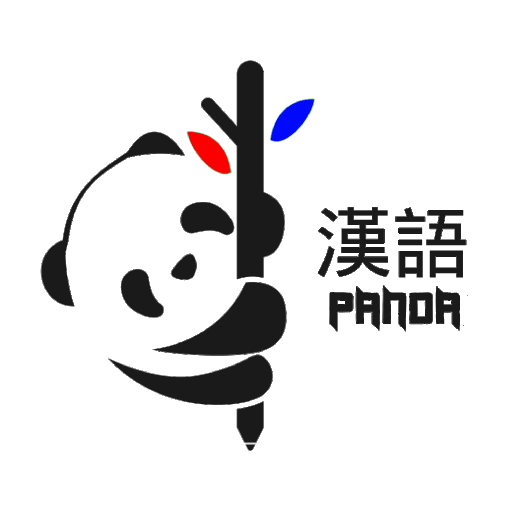Basic Rules of Hanyu Pinyin – Nouns
- Monosyllabic prefixes and suffixes are linked with nouns. Prefixes: fù- (vice), zǒng- (general/main/chief), fēi- (non), fǎn-[anti], chāo- (super/surpass), lǎo – (old/venerable), A – (marker of a nickname/endearment), kě (-ble), wú- (non), and so forth. Suffixes: -zǐ, -ér, -tóu (head, nominal ending), -xìng(nature), -zhě/yuán (-ist), -jiā (expert/-ist), -shǒu(hand/person/expert/-ist), -huà (-ized), men (-s/es), and so forth). For example:
- fù-bùzhǎng (vice-director of a [government] department),
- zǒng-gōngchéngshī (chief engineer),
- yìshùjiā (artist [in general]).
- Nouns and the directional words/locations after them are separated.
- mén wài (outside the door)=mén wàimian(/wàibiān/wàitou),
- huǒchē shàngmian (on the train)
The syllables of lexical items are linked.
- hǎiwài (this means “overseas,” not “outside of the sea”)
- Surnames and given names (xìngmíng/míngzi) are written separately in the Chinese Han language. The first letters of surnames and the given names are capitalized. Pen names (bǐmíng) and nicknames (biémíng) are written according to the same principles:
- Wáng Jiànguó,
- Dōngfāng Shuò,
- Zhāng Sān
A personal name and the person’s professional title are separated:
- Wáng bùzhǎng,
- Lǐ xiānsheng/xs
The first letter of personal addresses such as Lǎo, Xiǎo, Dà, Ā, and so forth are capitalized. For example:
- Xiǎo Liú (Little Liu),
- Wú Lǎo (honorable Old Wu),
- Sān (The Third [in a family])
When the surname of historically well-known figures is combined with a respectful or descriptive term by which they are commonly known, the syllables are linked, and the first letter is capitalized. For example:
- Kǒngzǐ (Confucius),
- Bāogōng (Grand Judge Bao),
- Xīshī (Beauty Xishi)
- Proper names and general names of places are separated and the first letter of each of the names is capitalized.
- Běijīng Shì (Beijing City),
- Dòngtíng Hú (Lake Dongting)
The monosyllabic prefixes or suffixes of proper names and general names are linked. For examples:
- Jǐngshān Hòujiē (Back Street of Jingshan),
- Cháoyángménnèi Nánxiǎojiē (Southern Small Street Inside the Gate Facing the Sun)
Link the syllables of established names for villages, towns, and other places when it is not necessary to distinguish whether they are proper names or general names (the first letter is capitalized). For example:
- Wángcūn (Wang Village),
- Zhōukǒudiàn (a place near Beijing where the fossilized remains of Peking Man were discovered),
- Sāntányìnyuè (Moon Reflected in Three Ponds)
- Personal and place names not in the Chinese Han language, based on the principle of “according with the custom of the person in question (míng cóng zhǔrén),” are written either in the original language or transcribed in Roman letters. For example:
- Einstein (Ài’īnsītǎn),
- Ngapoi Ngawang Jigme (Āpèi Āwàng Jìnměi),
- London (Lúndūn),
- Washington (Huáshèngdùn)
Foreign names transcribed in the Chinese Han language are written according to the pronunciation of the corresponding characters. For example:
- Nánměi (South America),
- Déguó (Germany),
- Dōngnányà (Southeast Asia)



